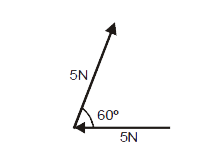Two force each numerically equal to 10 dynes are acting as shown in the figure, then find resultant of these two vectors.
10 dyne
20 dyne
10√3 dyne
5 dyne
The correct Answer is:A
Step by step video, text & image solution for Two force each numerically equal to 10 dynes are acting as shown in the figure, then find resultant of these two vectors. by Physics experts to help you in doubts & scoring excellent marks in Class 12 exams.
Updated on:21/07/2023Topper's Solved these Questions
- BASIC MATHSBOOK - ALLENCHAPTER - BASIC MATHSEXERCISE - EXERCISE-2
80 Videos
- BASIC MATHSBOOK - ALLENCHAPTER - BASIC MATHSEXERCISE - EXERCISE-3
20 Videos
- BASIC MATHSBOOK - ALLENCHAPTER - BASIC MATHSEXERCISE - Question
1 Videos
- AIIMS 2019BOOK - ALLENCHAPTER - AIIMS 2019EXERCISE - PHYSICS
40 Videos
- CIRCULAR MOTIONBOOK - ALLENCHAPTER - CIRCULAR MOTIONEXERCISE - EXERCISE (J-A)
6 Videos
Similar Questions
Knowledge Check
Two forces , each numerically equal to 10 dyne are acting as shown in the following figure Their resultant is :
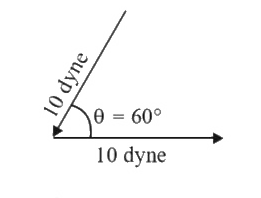 A10 dyneB20 dyneC10√3 dyneD5 dyne
A10 dyneB20 dyneC10√3 dyneD5 dyneTwo forces each numerically equal to 10 dynes are acting as shown in the following figure, then their resultant is -
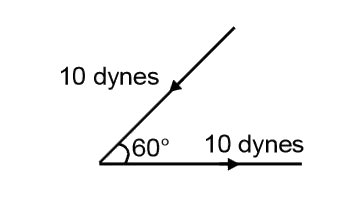 A10 dynesB20 dynesC10√3 dynesD5 dynes
A10 dynesB20 dynesC10√3 dynesD5 dynesTwo forces, each numerically equal to 5 N, are acting as shown in the figure. Then the resultant is
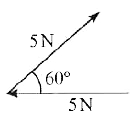 A2.5 NB5 NC5√3ND10 N
A2.5 NB5 NC5√3ND10 N
Find the resultant of the vectors shown in figure.
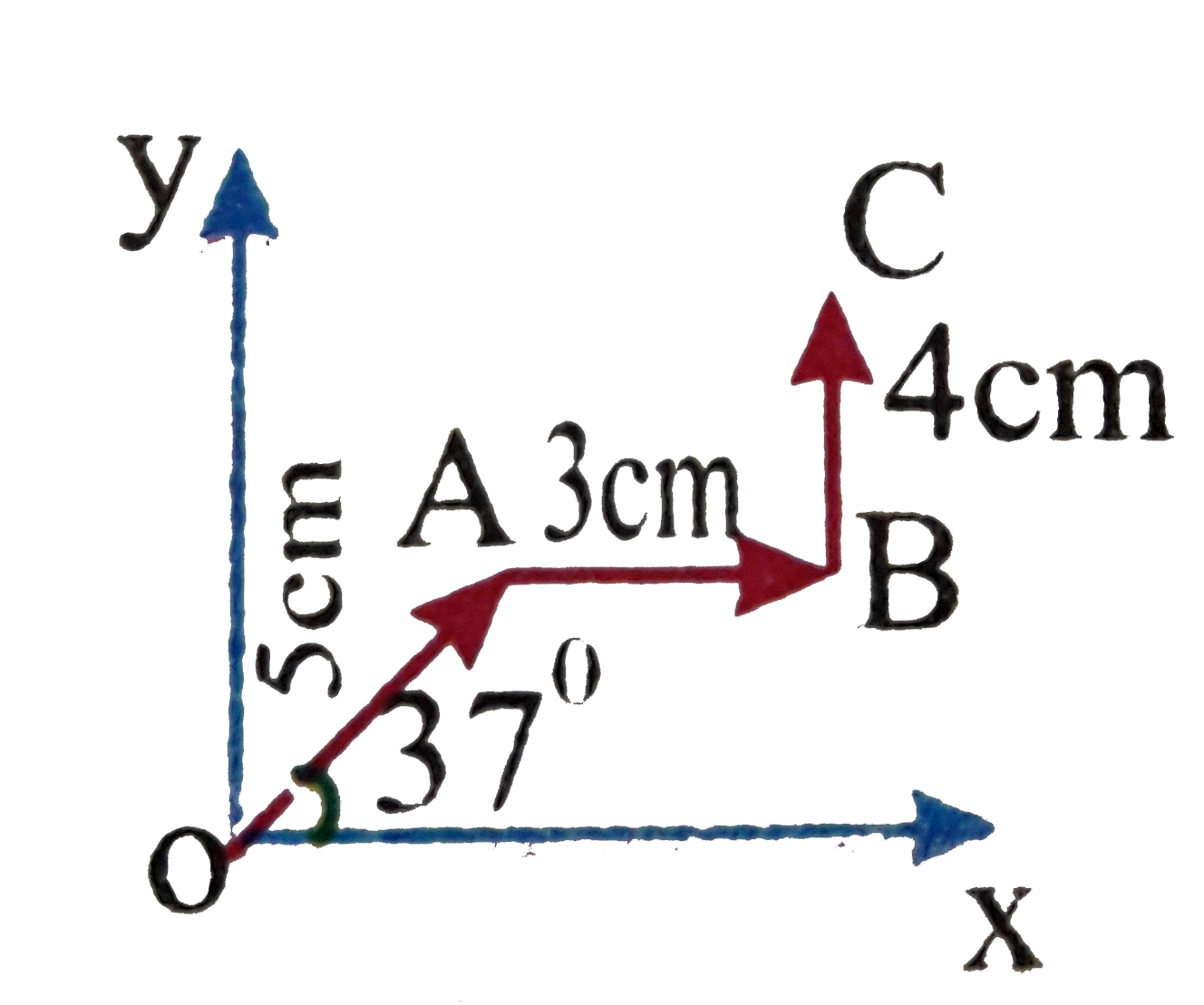
View SolutionTwo horizontal forces of magnitudes of 10N and PN act on a particle. The force of magnitude 10N acts due west and the force of magnitude PN acts on a bearing of 30∘ east of north as shown in (figure) The resultant of these two force acts due north. Find the magnitude of the resultant.
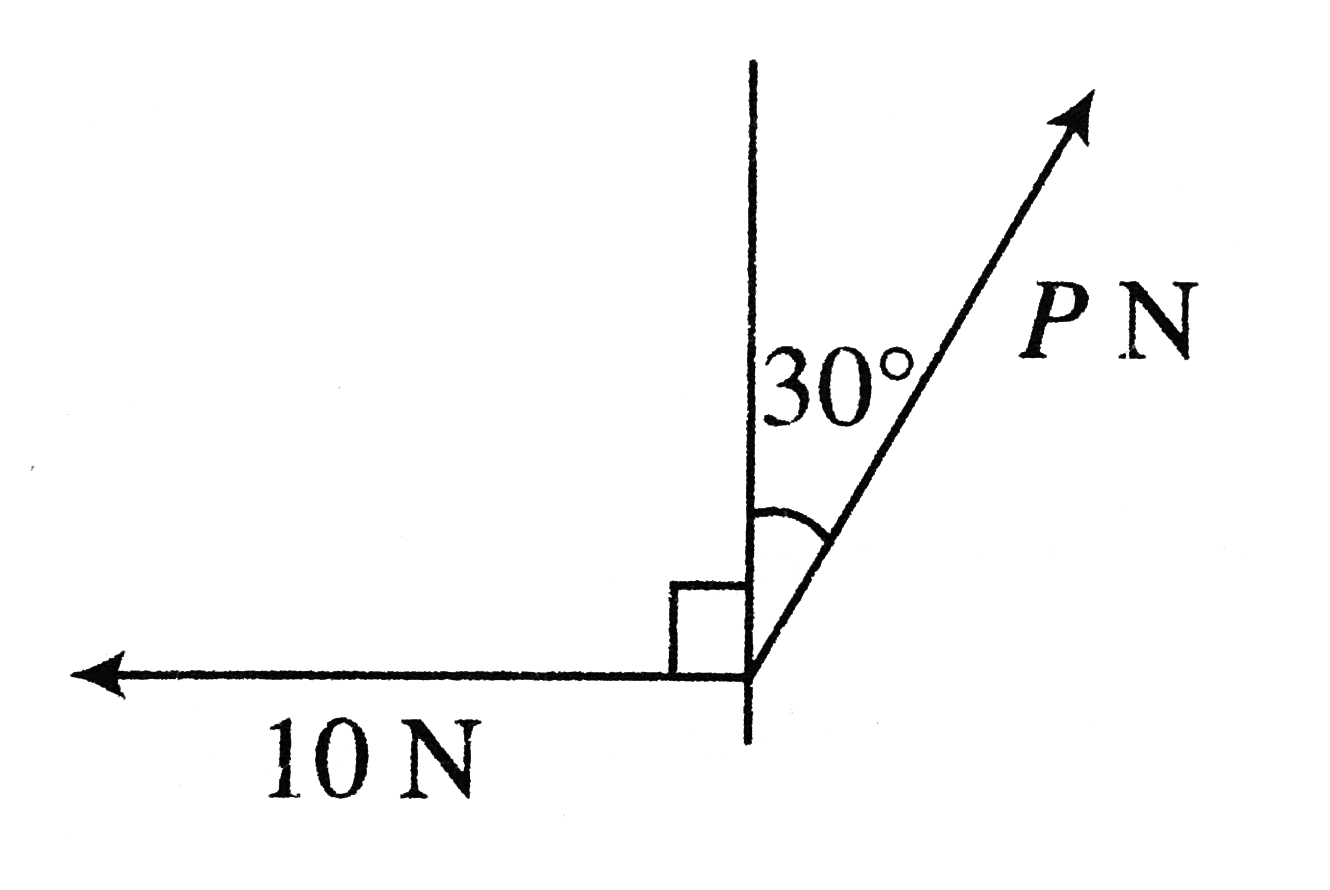
View SolutionTwo forces, each equal to F, act as shown in figure. Their resultant is

View SolutionTwo forces, each equal to F, act as shown in (figure) Their resultant is
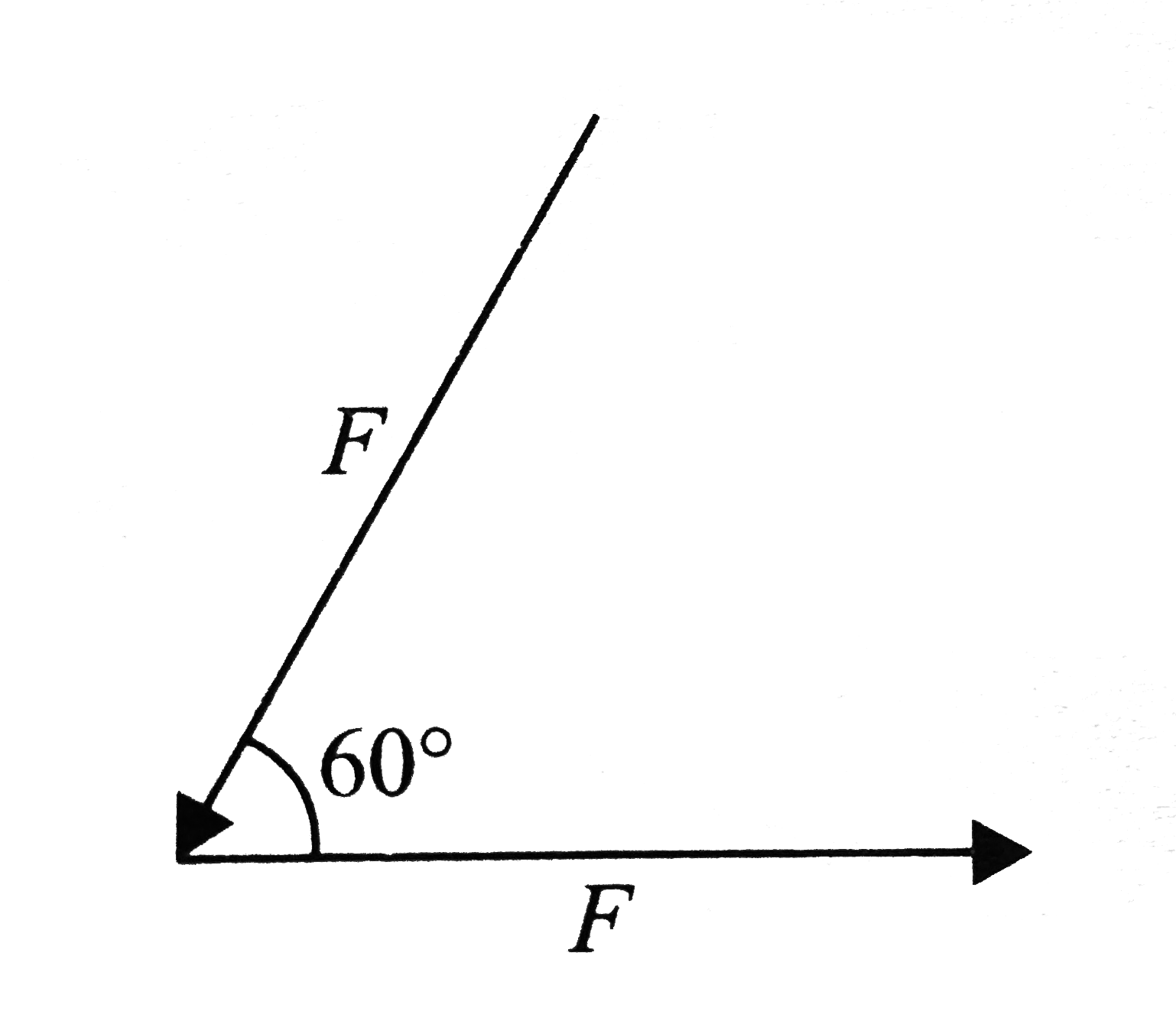
View SolutionTwo forces 10 N and 15 N are acting on a body then which cannot be the resultant of these two forces
View Solution

